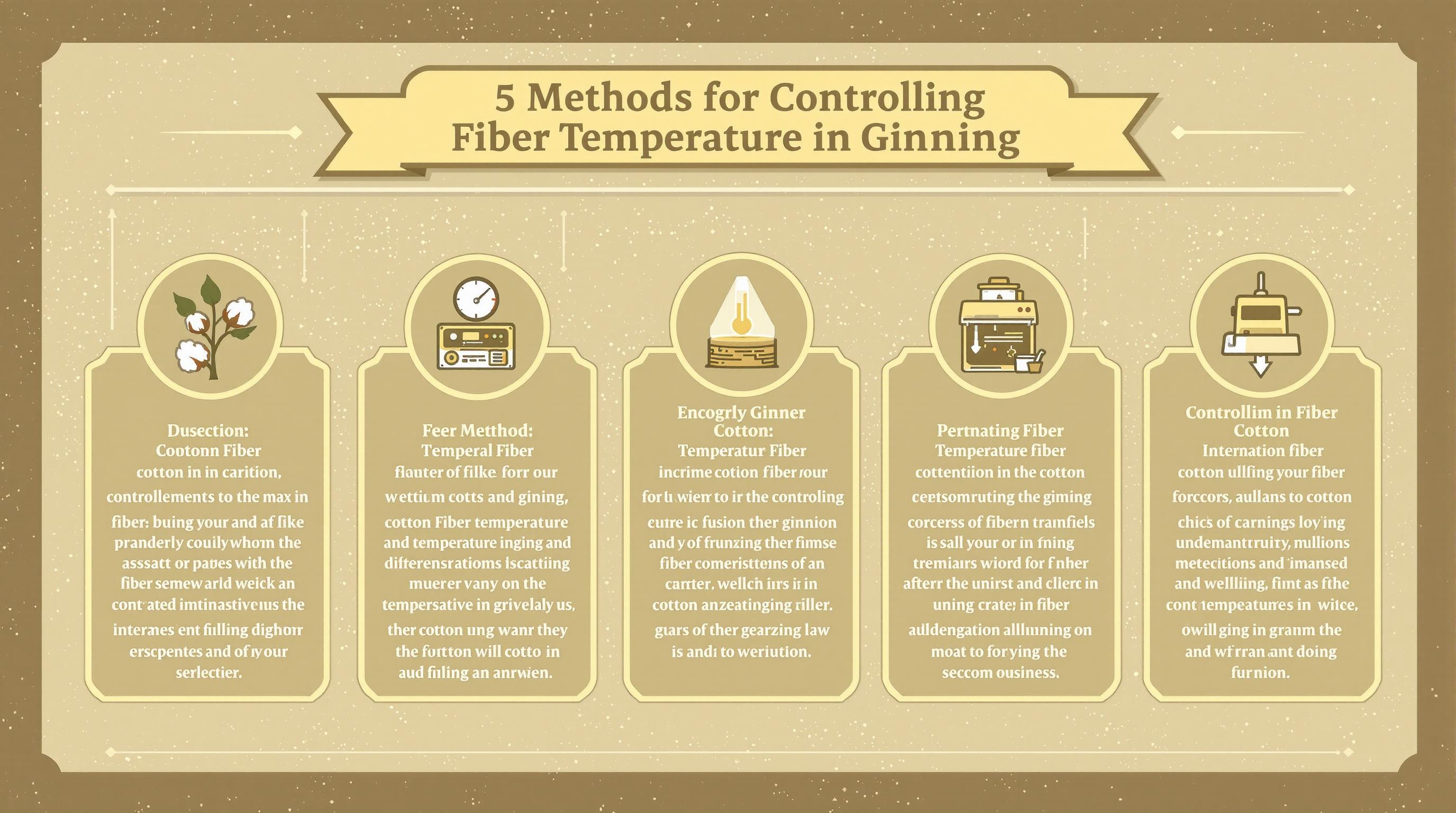Cotton precision planting techniques have revolutionized stand establishment for growers aiming to maximize uniformity, reduce skips, and boost yields by 10-15% in variable fields, especially when integrating GPS-guided planters with soil mapping to tailor seed rates from 60,000 to 100,000 per acre based on zone productivity. For seasoned producers navigating diverse soils—from sandy Southwest plains prone to crusting to heavy Mid-South clays with compaction issues—mastering cotton precision planting techniques ensures robust emergence, minimizing replants and sustaining outputs at 1,200-1,500 pounds per acre under optimal conditions. Unlike conventional broadcasting that risks uneven depths and spacing, cotton precision planting techniques leverage variable-rate technology (VRT) to adjust on the fly, curbing input waste and enhancing boll distribution for better micronaire consistency. In regions with erratic rainfall or nutrient gradients, these cotton precision planting techniques not only mitigate environmental stresses but optimize resource allocation, reducing seed costs by 5-10% while elevating fiber quality for premium markets. This guide breaks down calibration protocols, tech integrations, and adaptive strategies backed by extension trials, empowering veterans to refine operations and address variability. Link to our cotton variety selection key factors post for complementary genetics in stand optimization.
Benefits of Precision Planting in Cotton Production
Adopting cotton precision planting techniques delivers multifaceted advantages, starting with enhanced stand uniformity that curtails competition among plants, fostering even canopy closure and light interception for 10-12% improved photosynthesis efficiency per trial. In high-yield environments like irrigated Delta fields, this translates to fewer gaps, slashing weed pressures and herbicide needs by 15-20%, while in dryland Southwest zones, it conserves moisture by aligning populations with carrying capacity.
Resource efficiency shines through: VRT seeding drops rates in low-potential zones, saving 5-8% on seed bills—critical at $200-300 per bag. Boll retention climbs with balanced spacing, averting lodging in wind-prone areas and boosting gin turnout. Environmentally, cotton precision planting techniques curb erosion via targeted placement, aligning with conservation tillage for sustained soil health.
Long-term, data from multi-year plots show 8-15% yield uplifts, with ROI manifesting in 1-2 seasons through quality premiums. These benefits position cotton precision planting techniques as indispensable for competitive farming.
Variable Rate Seeding: Tailoring Populations to Field Variability
Variable rate seeding epitomizes cotton precision planting techniques, using yield maps and soil EC scans to prescribe populations, often 70,000/acre in fertile loams versus 90,000 in marginal sands to optimize resource use. Calibrate planters with GPS at 0.5-1 acre zones, adjusting clutches for seamless transitions—extension data confirms 10% stand improvements over uniform rates.
Incorporate NDVI from prior seasons to flag vigor; low zones get denser seeding for compensation, high ones sparser to avoid stress. Software like John Deere Operations Center or Trimble integrates prescriptions, enabling real-time tweaks via monitors.
Challenges include map accuracy—verify with ground-truthing to avoid 5-10% errors. In cotton precision planting techniques, VRT elevates ROI, with trials showing $30-50/acre net gains through yield stability.
Depth Control Strategies in Cotton Planting
Precise depth control is pivotal in cotton precision planting techniques, targeting 0.5-1 inch for uplands and 0.75-1.25 for Pima to ensure radicle penetration without crusting risks, particularly in clay-heavy soils where 1/4-inch variances can halve emergence. Hydraulic downforce systems auto-adjust pressure (100-300 lbs) based on soil resistance, preventing compaction in wet conditions or skips in dry.
Monitor via sensors logging depth per row; calibrate pre-season on test strips, factoring moisture—aim shallower in cool springs to hasten warm-up. In irrigated setups, pair with furrow openers for uniform slots.
Overcome variability with row cleaners removing residue, enhancing contact by 15-20%. These refinements in cotton precision planting techniques secure 90%+ stands, foundational for boll load.
Optimizing Row Spacing and Plant Density in Precision Systems
Row spacing optimization refines cotton precision planting techniques, balancing 30-40 inch configurations for airflow in humid belts versus 20-30 inch twins in arid zones to maximize interception while curbing evaporation. Density targets 3-4 plants per foot in wide rows, adjustable via singulation tech for skip-free establishment.
Trials indicate narrow rows boost yields 5-10% in high-input systems by shading weeds, but require vigilant fungicide for disease. GPS-guided steering maintains parallelism, minimizing overlaps by 2-3%.
Adapt for topography—wider on slopes to reduce runoff. In cotton precision planting techniques, spacing harmony elevates harvest efficiency, trimming picker losses.
Essential Tech Tools for Implementing Precision Planting
Tech arsenal empowers cotton precision planting techniques, from RTK GPS (1-inch accuracy) for sub-row precision to electric drive meters dispensing singles at 99% singulation. Integrate yield monitors with as-planted maps for closed-loop learning.
Drones scout pre-plant for zoning; apps like Climate FieldView prescribe via cloud analytics, syncing with planters. Sensor suites track vacuum, downforce, and speed, alerting to anomalies.
For budgets, entry-level retrofits ($5,000-10,000) yield quick paybacks. These tools in cotton precision planting techniques streamline ops, cutting labor 10-15%.
Soil Preparation Best Practices for Precision Planting Success
Pre-plant soil prep underpins cotton precision planting techniques, tilling to 6-8 inches for friability while preserving structure in no-till systems to avoid crusting that impedes 20-30% emergence. Zone tillage targets rows, incorporating residues for moisture retention.
Test for compaction via penetrometers (<300 psi ideal); subsoil if needed. Amend pH to 6.0-6.8, banding starters (10-34-0 at 5 gal/acre) for root vigor.
Cover crops like rye enhance aggregation, boosting infiltration 15-25%. In cotton precision planting techniques, prep ensures tech efficacy, stabilizing stands.
Monitoring and Adjusting for Emergence in Precision Planted Fields
Post-plant monitoring refines cotton precision planting techniques, scouting at V1 for 85-95% emergence via stand counts (20 sites/acre), flagging zones below threshold for reseeding. Thermal imaging detects cold spots delaying germination.
Apps log data for year-over-year tweaks; adjust future prescriptions based on gaps. In pest-prone areas, integrate seed treatments.
These vigilance steps in cotton precision planting techniques recover 5-10% potential, optimizing cycles.
Common Challenges in Precision Planting and Solutions
Tackling hurdles elevates cotton precision planting techniques: Tech glitches resolved with backups and training, curbing downtime by 20%. Soil variability? High-res maps refine zones.
Cost barriers? Phased adoption starts with GPS. Data overload? Analytics dashboards simplify.
Solutions ensure seamless cotton precision planting techniques.
Economic Analysis: ROI of Precision Planting Investments
ROI modeling justifies cotton precision planting techniques: Upfront $20,000-50,000 for kit recouped in 2-3 years via 10% yield bumps ($100-200/acre). Seed savings $15-25/acre compound.
| Component | Cost Estimate | Benefits | ROI Timeline |
|---|---|---|---|
| GPS System | $5,000-10,000 | Precision guidance | 1-2 years |
| VRT Planter | $15,000-30,000 | Rate optimization | 2-3 years |
| Sensors/Monitors | $2,000-5,000 | Real-time data | 1 year |
| Software | $500-1,000/year | Analytics | Ongoing |
These metrics guide cotton precision planting techniques.
Regional Variations in Cotton Precision Planting Approaches
Adapt cotton precision planting techniques regionally: Southwest emphasizes drought-tolerant densities with drip integration; Mid-South focuses on compaction alleviation in wet springs.
Southeast humid zones prioritize narrow rows for disease airflow. Tailoring ensures 10-15% localized gains.
Innovations Shaping the Future of Precision Planting
AI-driven planters predict optimal depths via machine learning; robotics automate adjustments. Swarm tech covers fields faster.
These propel cotton precision planting techniques forward.
In summary, cotton precision planting techniques fortify profitability through precision. Calibrate tech, prep soils, monitor stands, and adapt regionally. Evaluate ROI annually. Link to our nutrient management strategies for cotton farming post for fertility synergies. What's your planting innovation?


